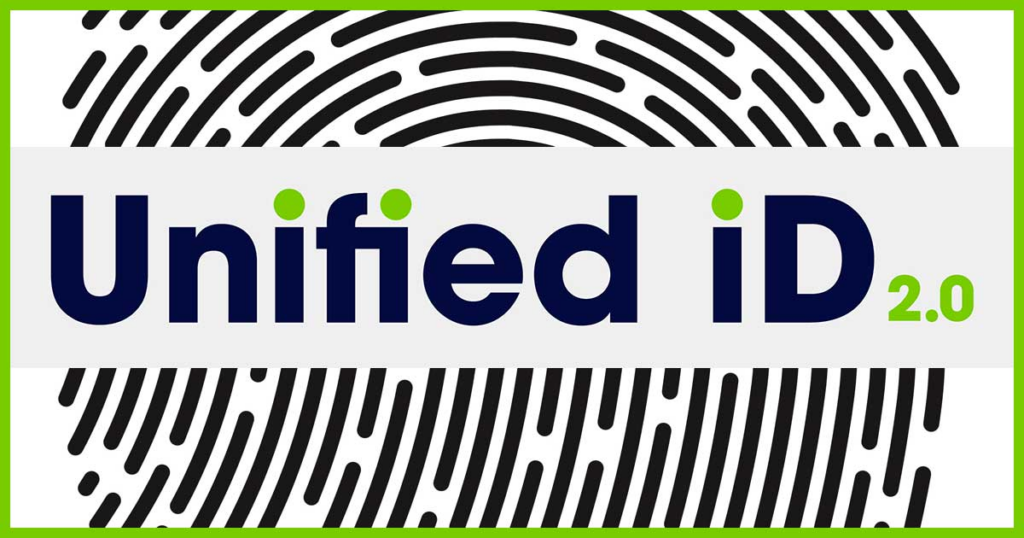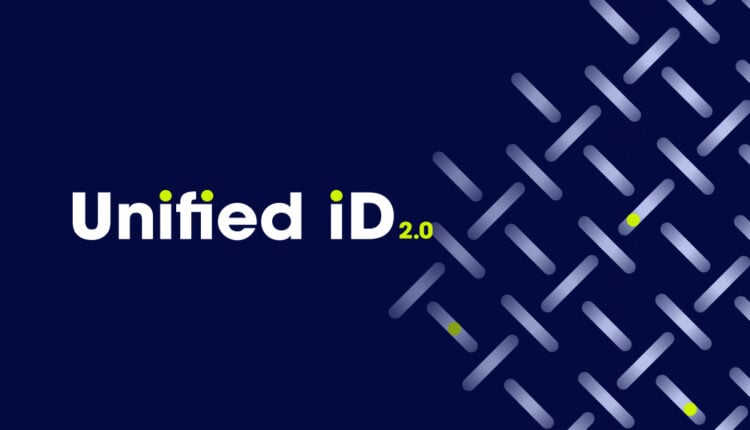In our increasingly digital world, the way we identify ourselves online is changing. One of the latest developments in this area is the Unified ID 2.0. This article explores what UID 2.0 is, why it matters, and how it could reshape our online experiences.
What is Unified ID 2.0?
UID 2.0, or Unified ID 2.0, is a new framework designed to improve digital identification. Developed by the Interactive Advertising Bureau (IAB) Tech Lab, it aims to provide a more secure and privacy-focused method of identifying users online. Unlike traditional identifiers, such as cookies, UID 2.0 allows users to control their data while enabling advertisers to reach their audiences effectively.
The Need for UID 2.0
1. Privacy Concerns
In recent years, data privacy has become a major concern. Many people are worried about how their personal information is collected, used, and shared online. With increasing regulations, such as the General Data Protection Regulation (GDPR) in Europe, businesses must find a way to respect user privacy while still delivering targeted advertising.
2. Cookie Decline
Cookies, small pieces of data stored on a user’s device, have been the standard for tracking online behavior. However, major web browsers like Safari and Firefox have begun blocking third-party cookies, which makes it harder for advertisers to reach their audiences. UID 2.0 offers a solution to this problem by providing a new way to identify users without relying on cookies.
How Unified ID 2.0 Works
UID 2.0 replaces the traditional cookie system with a more transparent and also user-centric approach. Here’s how it works:
1. User Consent
At the heart of UID 2.0 is the idea of user consent. Users must opt in to have their information used for advertising. This means they have more control over their data, which can thus help build trust between users and advertisers.
2. Secure and Encrypted
UID 2.0 uses encrypted identifiers that protect user information. This means that while advertisers can still identify and reach their target audiences, the actual data about individuals is kept secure and private.
3. Cross-Platform Capability
One of the strengths of UID 2.0 is its ability to work across different platforms. This means that whether you’re on your phone, tablet, or computer, your UID 2.0 identifier remains the same. This consistency allows for more effective and coherent advertising, of course without compromising privacy.
Benefits of UID 2.0
1. Enhanced Privacy
One of the biggest advantages of UID 2.0 is its focus on privacy. Users can manage their preferences and further decide how their information is used, which helps to create a more trustworthy online environment.
2. Better Targeting for Advertisers
For businesses, UID 2.0 allows for more accurate targeting of ads. With a reliable way to identify users, advertisers can deliver more relevant content, thus increasing the chances of engagement and conversions.
3. Flexibility and Adaptability
As the digital landscape continues to evolve, UID 2.0 offers a flexible framework that can adapt to new regulations as well as technologies. This indeed makes it a sustainable choice for the future of digital advertising.
Challenges Ahead
Despite its many benefits, UID 2.0 is not without challenges. Here are some potential hurdles:
1. Adoption
Getting businesses and advertisers to adopt UID 2.0 will take time. Many companies are still reliant on older methods of tracking, and transitioning to a new system can be complex and costly.
2. Technical Issues
Implementing a new framework involves technical challenges. Companies must ensure their systems can support UID 2.0, which may further require significant investment in new technology.
3. User Education
Many users may not understand UID 2.0 and also how it works. Educating users about the importance of their consent and how UID 2.0 protects their data will indeed be essential for widespread acceptance.
The Future of Unified ID 2.0
As we move further into a digital age where privacy is paramount, UID 2.0 represents a promising step forward. By prioritizing user consent as well as data protection, it aims to create a more balanced relationship between users and advertisers.
Conclusion

UID 2.0 is more than just a technical upgrade. It’s a new philosophy for digital identity and privacy. As this framework gains traction, it indeed has the potential to reshape how we interact with the online world, ensuring that privacy and effective advertising can coexist. For both users and advertisers, embracing UID 2.0 may lead to a more secure and enjoyable digital experience.
FAQs about Unified ID 2.0
1. What is UID 2.0?
UID 2.0 is a privacy-focused framework designed in order to enhance digital identity and enable better targeting for advertisers without relying on cookies.
2. How does UID 2.0 improve user privacy?
UID 2.0 requires user consent for data usage, encrypts identifiers, and further allows users to manage their privacy preferences.
3. Why are cookies being replaced by UID 2.0?
With increasing privacy concerns and browser restrictions on third-party cookies, UID 2.0 offers a more secure as well as effective alternative for online tracking.
4. How will UID 2.0 benefit advertisers?
UID 2.0 enables more accurate targeting of ads while respecting user privacy, resulting in improved engagement and conversion rates.


